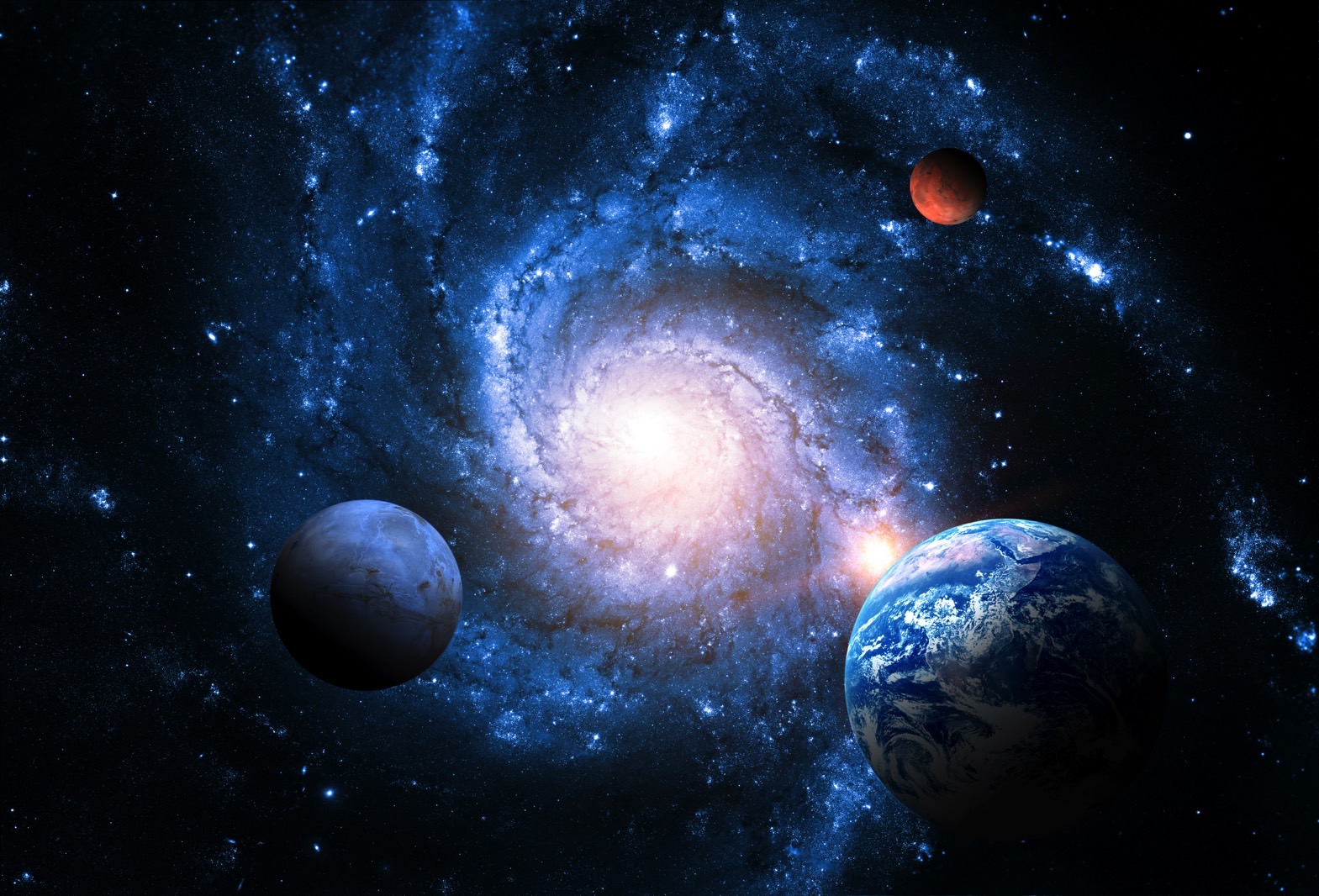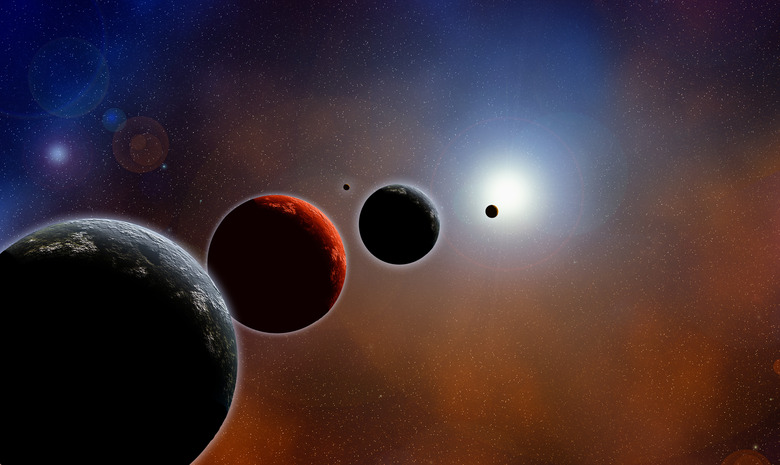A Rare Planetary Alignment Will Grace Our Skies In June
Six of our solar system's eight planets will soon be visible as a straight line in the night sky. This rare planetary alignment is expected to happen in the early hours of June 3 and 4 and will see Mercury, Mars, Jupiter, Saturn, Neptune, and Uranus appearing in a straight line. We previously saw a similar planetary parade in March of 2022.
This planetary parade, as an alignment of this sort is known, will only be missing Venus, Earth's evil twin. Even Earth's lunar satellite will be visible in the line-up. What makes these lineups so intriguing is that the planets don't actually appear in a straight line in their orbit.
Instead, they're usually just all situated on a single side of the sun, making it possible to see them all in what appears to be a perfect but rare planetary alignment. Star Walk offers an exceptionally well-made illustration of what the event will look like in the night sky, as well as what it looks like in space.

The event will be most visible around an hour before sunrise, though you may need a telescope to fully see all of the planets in the lineup. That's because only Mars, Jupiter, Mercury, and Saturn will be bright enough to see with the naked eye. If you use a telescope or binoculars, though, you should be able to spot Neptune and Saturn at the tail end of the parade.
This rare planetary alignment will be visible around the world in most locations on June 3, though the exact location you'll see it in the night sky will change depending on where you are. Other places will be able to see it on June 4. You can check out Time and Date's interactive astronomy tool to find out exactly when it'll be visible in your area. However, it'll only show the night sky for that day, so you'll have to check in on June 3 or June 4 to see.
Stellarium is another great tool for checking where the planets will appear, though it also is tied to the current day wherever you are.
